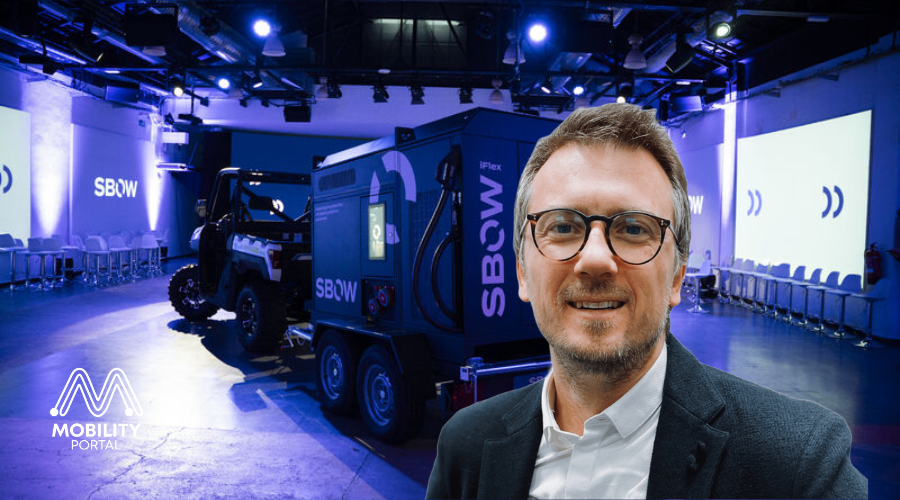The Zero-Emission Trucks Purchase Subsidy Scheme (AanZET) will reopen on 27 January 2026.
Eligible parties — businesses and non‑profit organisations — may apply for support when purchasing or financially leasing new, fully zero‑emission vehicles.
The first round for applications provides a budget of 78 million euros.
This amount is projected to cover subsidies for approximately 1,100 zero‑emission trucks.
Funding stems from the truck‑levy rebate mechanism.
A second application round is scheduled for later in 2026 (September), with the precise budget to be announced subsequently.
Chairman Rogier van de Garde noted that the allocation of 78 million euros for the first 2026 round, wider eligibility criteria, and delivery‑postponement options mirror real‑world build‑time conditions, thereby making adoption more feasible.
Strong demand in 2025
The high uptake of the scheme in 2025 underscores market appetite.
During the second subsidy round of that year — which opened on 1 October — the budget of 30 million euros was fully subscribed within 24 hours; applications totalling 36.6 million euros were submitted.
The strong level of interest confirms that transport operators are willing to invest in emission‑free vehicles and view the scheme as an important lever towards sustainable freight transport.
The rollout of impending zero‑emission zones in Dutch cities offers further incentive to transition now.
Key changes for AanZET in 2026
Several important adjustments apply compared with the 2025 round:
Clarified sales price definition: The purchase price is now explicitly defined excluding bodywork on the truck chassis so that comparison between manufacturers is more consistent.
New subsidy ceiling and budget transparency: A subsidy ceiling has been introduced for 2026. Applicants may track remaining budget via the Netherlands Enterprise Agency (RVO) website, improving insight into allocation status.
More flexible application procedure: On day one and day two of the application period a single application may cover up to two vehicles; from the third day onwards, one application may encompass up to ten vehicles.
Extended determination period: Final subsidy determination must now be submitted within 12 months after granting, with the possibility of a further 12‑month extension in cases of longer vehicle build times.
Businesses and non‑profits preparing to apply should ensure they meet eligibility criteria — the vehicle must be new, within vehicle class N2 (minimum 10,000 kg) or N3, fully electrically powered (fuel codes E or W), and not lead‑acid battery powered.
Applicants should review the full conditions as set out by the RVO.
READ MORE
Sbow lanza iFlex, un cargador portátil de alta potencia que permite desplegar infraestructura de recarga ultrarrápida en cualquier momento y lugar, sin necesidad de conexión a media tensión ni obras de instalación.
The first application round offers a budget of €78 million, expected to subsidise approximately 1,100 zero-emission trucks. A second round of applications is planned for later in 2026.



